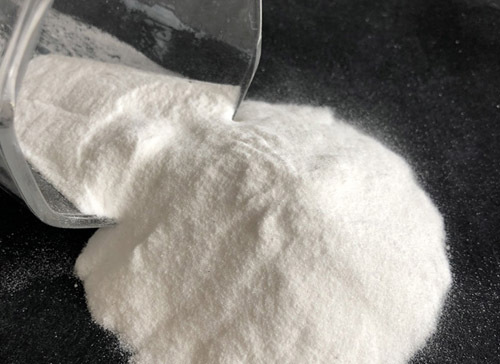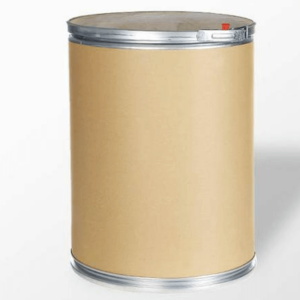1H-Indole
Molecular formula: C8H7N
Molecular weight: 117.5
Structural type: 
CAS NO.: 120-72-9
Appearance: Off white to off white powder
Purity (chromatography): 99%
Melting point: 52℃
Boiling point: 253 ℃
Flash point: 107.8 ℃
Packing: 25KG plastic film plastic woven bag or cardboard barrel.
Purpose: It is used to synthesize chemical raw materials such as pesticides.
Indole exists in feces, coal tar, jasmine oil and Neroli oil. It is colorless, lobular or plate-shaped crystal. It has strong fecal odor. The pure product has fresh flower odor after dilution. It is soluble in hot water, benzene and petroleum. It is easily soluble in ethanol, ether and methanol. It can volatilize with water vapor. It turns red when placed in air or visible light, and resinifies. It is weakly acidic and forms salt with alkali metals, It is resinified or polymerized with acid. The highly diluted solution has jasmine fragrance and can be used as perfume. Indole is an important organic raw material and fine chemical product. Its homologues and derivatives widely exist in nature, mainly in natural flower oil, such as jasmine, sweet orange, white lemon, pomelo peel, orange, bitter orange, Narcissus, vanilla, etc. It can be widely used in jasmine, Syringa, orange blossom, gardenia, honeysuckle, lotus, Narcissus, Yilan, orchid, and prune. It is often used in combination with methyl indole to make artificial civet flavors. It can be used in chocolate, raspberry, strawberry, bitter orange, coffee, nuts, cheese, grape and fruit flavor compound.
SMILES
C1=CC=C2C(=C1)C=CN2










